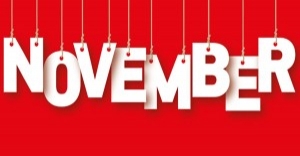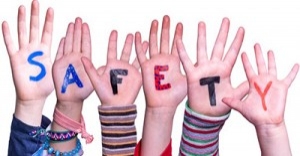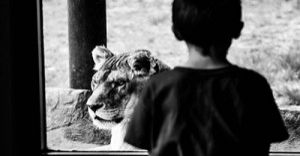

Men's Costumes Around The World Posters show the clothing of men from 27 different countries. These are great for children to see how men dress in different parts of the world. This is a great way to start open conversations on diversity. These are also great to use as part of a room display.
Women's Costumes Around The World Posters show the clothing of women from 27 different countries. These are great for children to see how women dress in different parts of the world. This is a great way to start open conversations on diversity. These are also great to use as part of a room display.
Costumes Around The World Posters show the costumes of 27 different countries. These are great for children to see how people dress in different parts of the world. Using this as a discussion point, you can talk about the similarities and differences of clothes from around the world and how it compares to how the children would normally dress. This is a great way to start open conversations on diversity. These are also great to use as part of a room display.
Learning about similarities and differences in people can be thought of as two sides of the same coin – that of appreciating what makes people different while respecting their fundamental humanity. The following article provides strategies on how to teach children about similarities and differences in people.
Anti-bias education in early childhood is about creating an inclusive environment where all children feel respected, valued, and empowered. The following article provides information on, Helping Children Through Bias, How Anti-Bias Education Can Be Implemented, Anti-bias Framework, How To Create An Inclusive Environment, Using Language That Avoids Stereotypes and more.
As an early childhood educator, you are entrusted with shaping children for the future. Creating a multicultural environment in the learning space is one of the most effective ways of helping children prepare for this world as they learn inclusive ways of thinking, working and being. The following article provides ideas and strategies for creating a multicultural environment in an early childhood setting.
The Common Words in Different Languages Posters list common words in the multicultural languages spoken throughout Australia. These are very helpful for Educators communicating with children where English isn't their first language and to also teach children common words in different languages.
The Children Of The World Matching Cards enable children to match the child card to their matching one. These cards represent children from around the world. This is a great visual awareness activity children can do. This will also show children the similarities and differences between others.
The Preschool Multicultural Support Program is designed to assist the inclusion of children from CALD and refugee backgrounds in quality preschool education and to build the cultural competency of early childhood educators. Eligible community and mobile preschool services can access 20 hours of FREE face-to-face multicultural support for any children who require assistance.
Respect for Diversity is one of the main principles that underpin the Belonging, Becoming and Being: Early Years Learning Framework for Australia. Thus it is mandatory for services and educators to use practice that incorporates diverse cultures, especially in monocultural classrooms where opportunities for practice diversity can appear limited. Here are some examples of ways diverse cultures can be embedded in everyday practice.
 The following lists cultural and special events that are taking place in November 2025. This should help you to plan and organise upcoming events and… Read More
The following lists cultural and special events that are taking place in November 2025. This should help you to plan and organise upcoming events and… Read More
 A leading not-for-profit childcare provider has raised concerns about proposed safety regulations in the early childhood sector, cautioning that while well-intentioned, the new rules could… Read More
A leading not-for-profit childcare provider has raised concerns about proposed safety regulations in the early childhood sector, cautioning that while well-intentioned, the new rules could… Read More
 Every child deserves to feel safe, valued, and supported, especially in the environments where they learn and grow. In response to this foundational truth, the… Read More
Every child deserves to feel safe, valued, and supported, especially in the environments where they learn and grow. In response to this foundational truth, the… Read More
 A childcare provider operating out of Floreat Park Primary School has been fined $28,000 following a serious lapse in supervision during a zoo excursion that… Read More
A childcare provider operating out of Floreat Park Primary School has been fined $28,000 following a serious lapse in supervision during a zoo excursion that… Read More
 WARNING—DISTRESSING CONTENT: A chilling investigation by ABC’s Four Corners has uncovered how paedophiles are using the dark web to share detailed strategies for infiltrating childcare… Read More
WARNING—DISTRESSING CONTENT: A chilling investigation by ABC’s Four Corners has uncovered how paedophiles are using the dark web to share detailed strategies for infiltrating childcare… Read More
© 2009-2025 Aussie Childcare Network Pty Ltd. All Rights Reserved.

